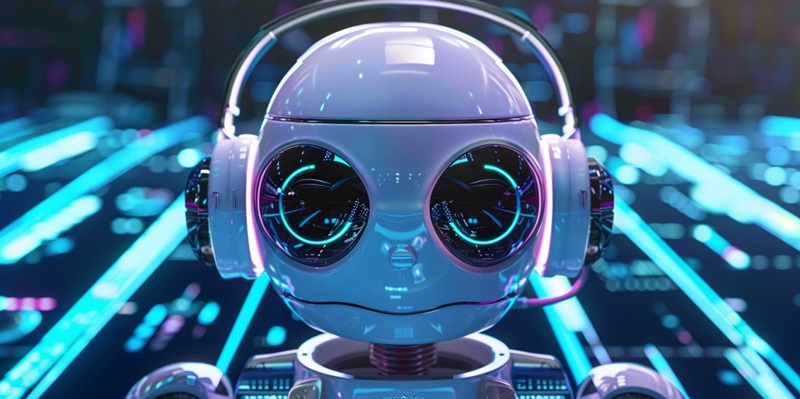Chatbots, powered by cutting-edge natural language processing (NLP), have revolutionized the face of customer service, simultaneously boosting efficiency and personalizing user experiences. These virtual assistants address customer queries tirelessly, offering businesses a way to save significantly on operations. They’re more than just automated help desks, today’s chatbots gather and analyze customer interactions, fine-tuning responses and sometimes even predicting user needs.
However, despite the advancements in chatbots, they still lack the ability to fully understand and interpret the complex emotional needs of humans. The nuanced empathy and connection that come naturally to human agents are crucial in delicate customer service situations and are aspects that AI is yet to completely master.
The Human Element in a Digital World
The human touch remains an essential part of customer service despite the advent of AI technology. Empathetic exchanges between customers and human agents have the potential to build lasting loyalty. Recognizing this, many companies are now using AI to handle routine inquiries, leaving the more complex, emotionally-driven situations to human agents.
This strategy ensures that AI and human empathy work together to provide an optimized customer service experience. The goal is not to replace human agents but to complement them with AI, creating a cooperative relationship that ensures exceptional service. The combination of AI efficiency with human warmth guarantees the enduring quality of customer relations, with technology serving to support the irreplaceable human element.
Navigating a Hybrid Customer Service Model
Digital transformation has led companies to explore the integration of AI with human intelligence in customer service. Chatbots excel at managing routine tasks, thus freeing up human agents to address more complicated issues. This not only enhances the customer experience by directing them to the appropriate resource but also improves operational efficiency and scalability for the business.
A critical factor in the success of this hybrid model is the seamless transition from chatbot to human agent when necessary. Advanced machine learning algorithms are required to identify a chatbot’s limitations and to hand over the conversation to a human agent smoothly. This method maximizes the efficiency of customer service by utilizing the strengths of both machines and human intelligence.
Embracing the Complementary Roles of AI and Humans
The collaborative dynamic between AI and human agents dictates the future landscape of customer service. Chatbots provide round-the-clock support and manage voluminous data, while human agents offer emotional intelligence and empathy. Businesses must focus on training that encompasses both technological and soft skills to thrive.
The authenticity human agents bring to customer service is crucial for maintaining high customer satisfaction levels. Even as technology advances, preserving human interaction in service experiences is a priority. Companies should strive to integrate technology responsibly, ensuring that the progression of digital tools aligns with core human values. This equilibrium is the foundation for the continuing shift in customer service, where the emphasis remains on providing sincere, empathetic customer support.

